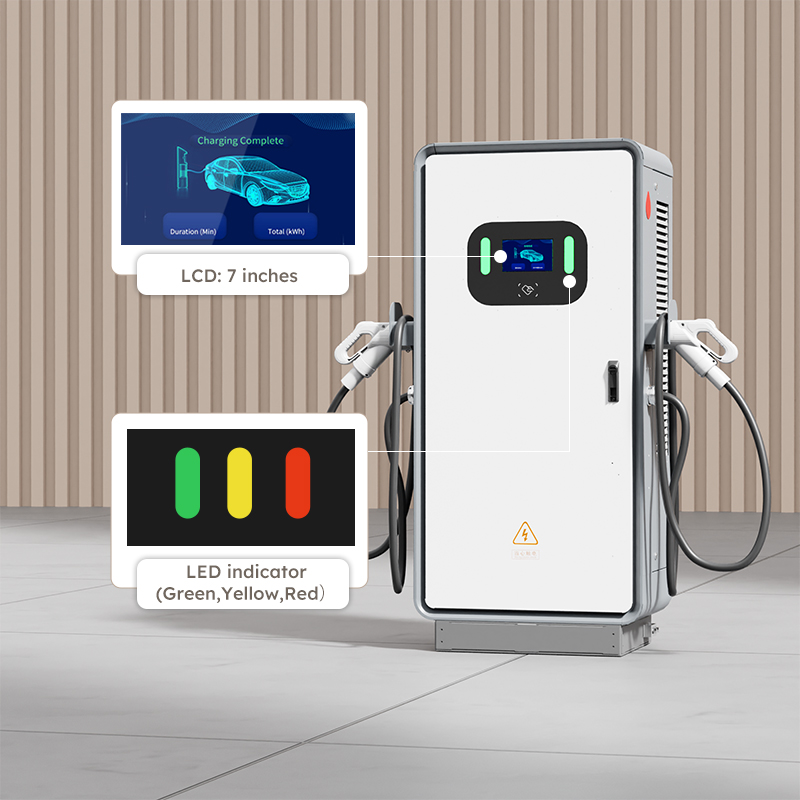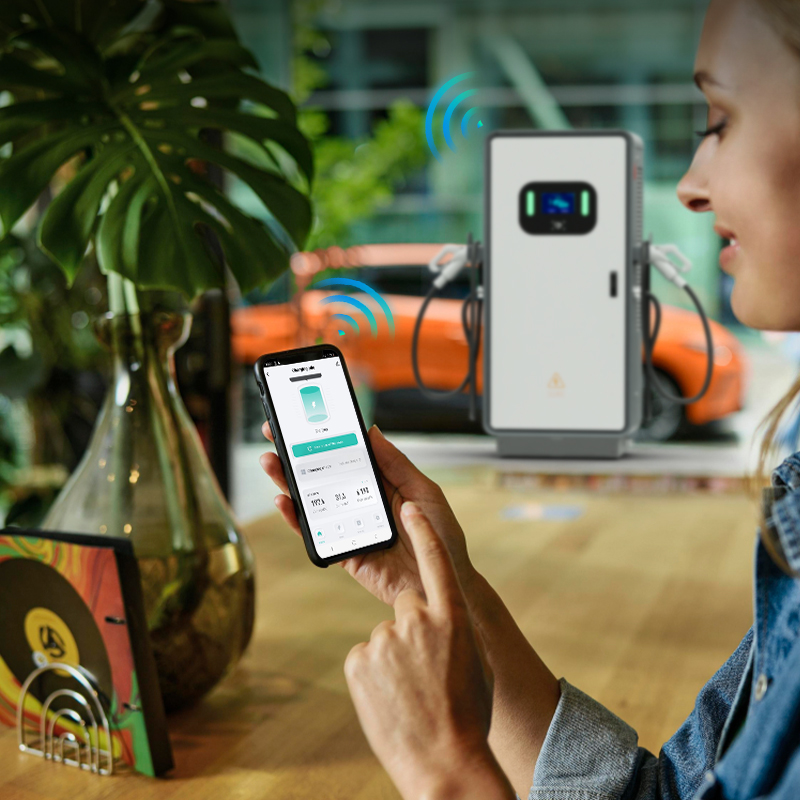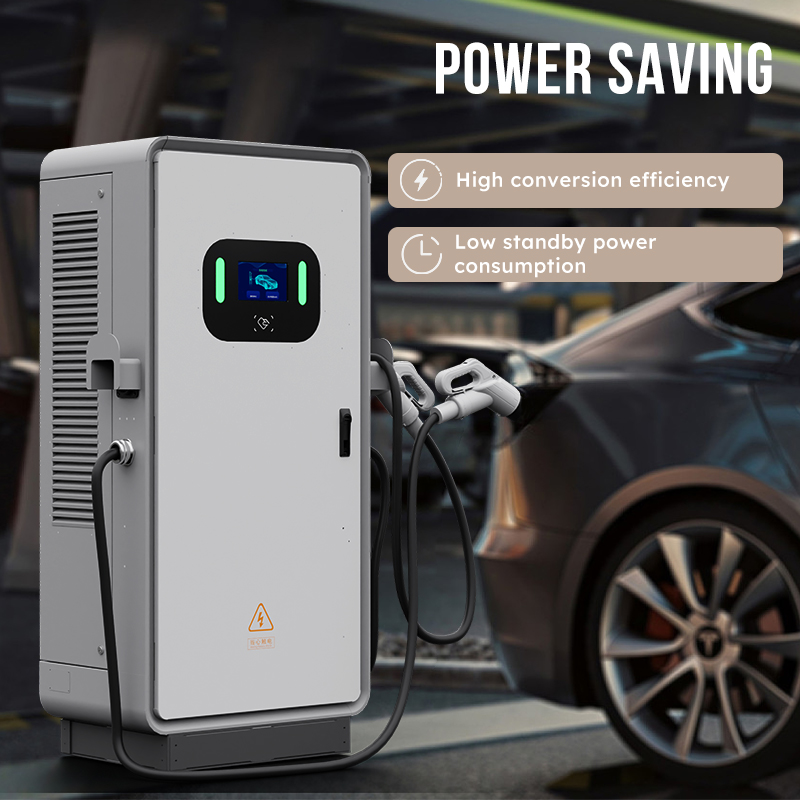Direct Current (DC) fast charging is revolutionizing the electric vehicle (EV) industry, offering drivers the convenience of rapid charging and paving the way for a more sustainable transportation future. As the demand for EVs continues to rise, understanding the business model behind DC charging is crucial for stakeholders looking to capitalize on this growing market.
Understanding DC Charging
DC charging differs from Alternating Current (AC) charging in that it bypasses the vehicle’s onboard charger, allowing for faster charging times. DC chargers can provide up to 80% charge in as little as 30 minutes, making them ideal for on-the-go charging. This rapid charging capability is a key selling point for EV drivers, particularly those on long journeys.
The Business Model
The business model of DC charging revolves around three main components: infrastructure, pricing, and partnerships.
Infrastructure: Building a network of DC charging stations is the foundation of the business model. Companies invest in strategically located stations along highways, in urban areas, and at key destinations to ensure accessibility for EV drivers. The cost of infrastructure includes the chargers themselves, installation, maintenance, and connectivity.
Pricing: DC charging stations typically offer different pricing models, such as pay-per-use, subscription-based, or membership plans. Pricing can vary based on factors such as charging speed, location, and time of use. Some operators also offer free or discounted charging to attract customers and promote EV adoption.
Partnerships: Collaboration with automakers, energy providers, and other stakeholders is essential for the success of DC charging networks. Partnerships can help reduce costs, expand reach, and enhance the overall customer experience. For example, automakers may provide incentives for customers to use specific charging networks, while energy providers may offer renewable energy options for charging.
Key Challenges and Opportunities
While the DC charging business model holds great promise, it also faces several challenges. The high upfront costs of infrastructure and the need for ongoing maintenance can be barriers to entry for some companies. Additionally, the lack of standardized charging protocols and interoperability between different networks can create confusion for consumers.
However, these challenges also present opportunities for innovation and growth. Advances in technology, such as smart charging solutions and battery storage integration, can help optimize the efficiency and reliability of DC charging networks. Standardization efforts, such as the Combined Charging System (CCS), aim to create a more seamless charging experience for EV drivers.
The business model of DC charging is evolving rapidly, driven by the increasing demand for EVs and the need for sustainable transportation solutions. By investing in infrastructure, developing innovative pricing models, and forming strategic partnerships, companies can position themselves at the forefront of this burgeoning industry. As DC charging networks continue to expand, they will play a crucial role in powering the future of electric mobility.
If want to know more about this, please feel free to contact us.
Tel: +86 19113245382 (whatsAPP, wechat)
Email: sale04@cngreenscience.com
Post time: Mar-03-2024







